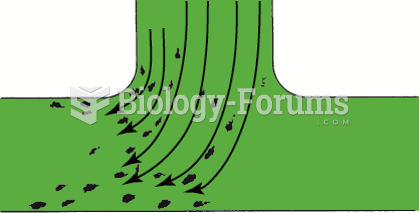Answer to Question 1
ANSWER: Advantages: A blanket of snow is a good insulator. A light, fluffy covering of snow protects sensitive plants and their root systems from damaging low temperatures by retarding the loss of ground heat. Snow can prevent the ground from freezing downward to great depths. The accumulation of snow in mountains provides for winter recreation, and the melting snow in spring and summer is of great economic value in that it supplies streams and reservoirs with much-needed water. Disadvantages: Rapid melting of the snowpack may flood low-lying areas. Too much snow on the side of a steep hill or mountain may become an avalanche as the spring thaw approaches. The added weight of snow on the roof of a building may cause it to collapse, leading to costly repairs and even loss of life. Each winter, heavy snows clog streets and disrupt transportation.
Answer to Question 2
ANSWER: Under certain conditions, clouds may be seeded naturally. For example, when cirriform clouds lie directly above a lower cloud deck, ice crystals may descend from the higher cloud and seed the cloud below. As the ice crystals mix into the lower cloud, supercooled droplets are converted to ice crystals, and the precipitation process is enhanced. Sometimes the ice crystals in the lower cloud may settle out, leaving a clear area or hole in the cloud. When the cirrus clouds form waves downwind from a mountain chain, bands of precipitation often formproducing heavy precipitation in some areas and practically no precipitation in others.







